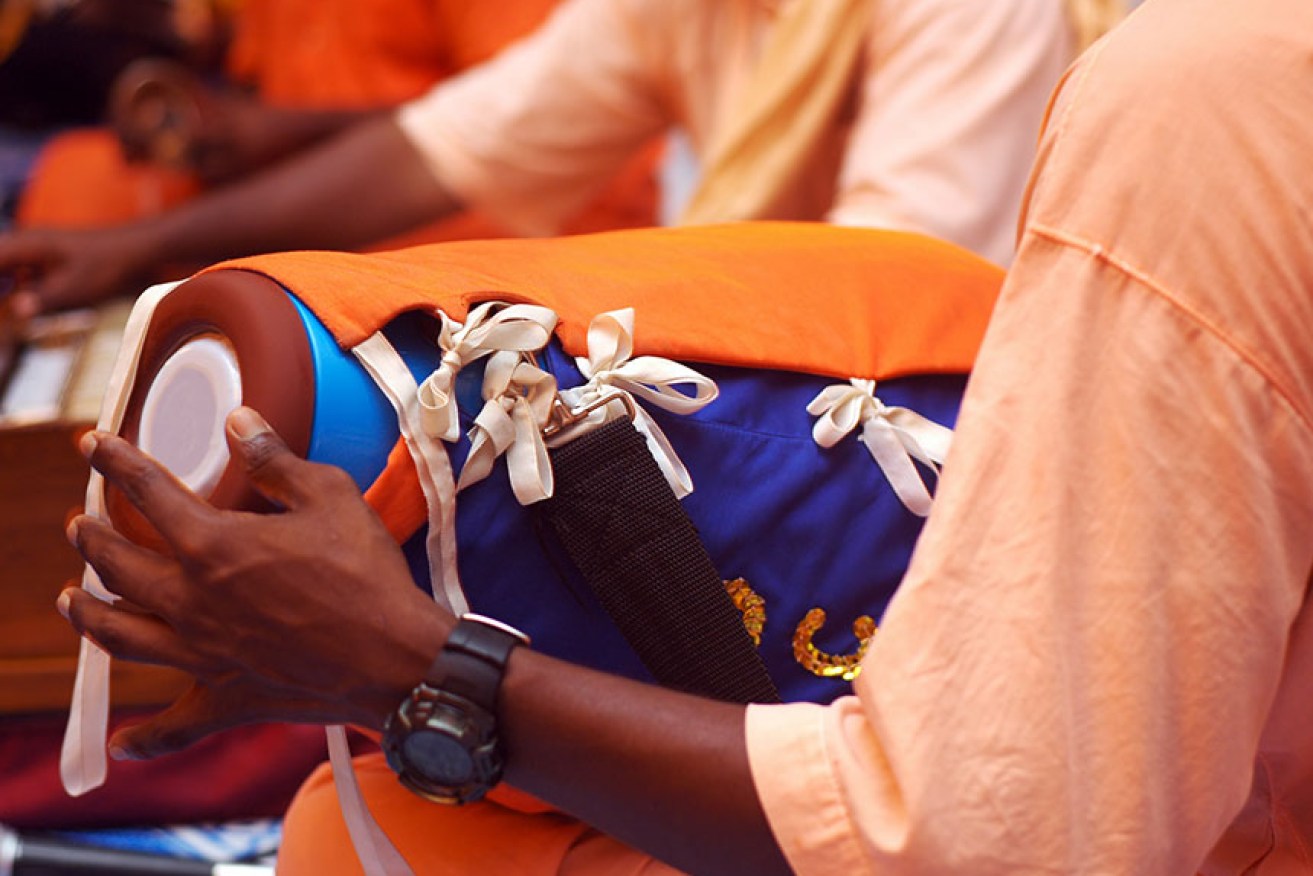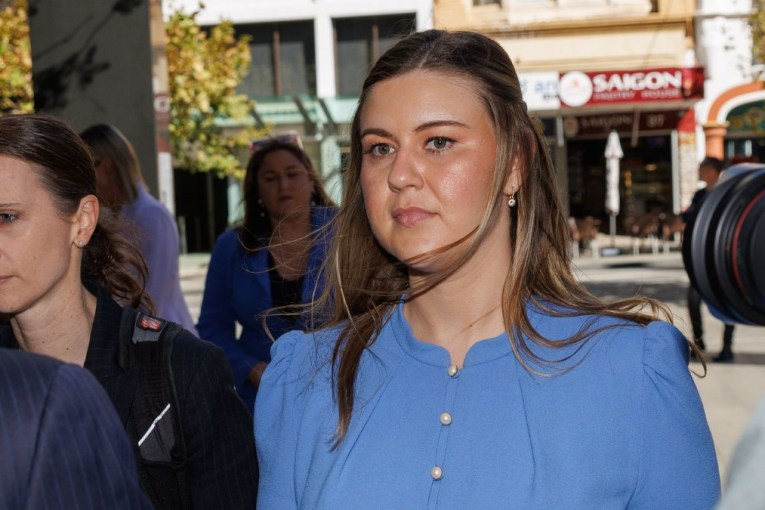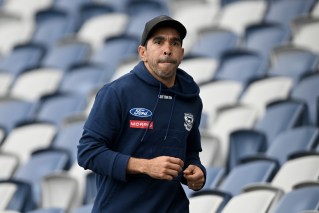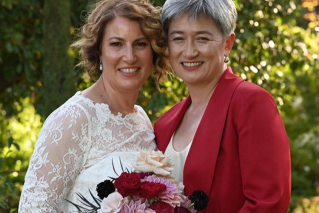My life as a Hare Krishna

Shutterstock
· World’s best Ashrams
• Hi, I’m Julie … and I’m a Druid
I’ve seen 35 years of change and on the whole, the Hare Krishna movement in Australia is now very well received, well respected. We’ve been expanding, albeit quietly, for many, many years. For me it’s been a very, very satisfying experience.
We were somewhat misunderstood in the 1970s, but over the years we’ve managed to establish ourselves as a reputable and I think trustworthy organisation within Australia.
My life has basically been focused on temple-based activities and community development really. I’m supported by the community, so it’s my life I suppose. It’s pretty much consumed my whole life. It’s very satisfying, but not without its stresses.

Aniruddha Das. Photo: Supplied
Everybody is a part and parcel of God. The purpose of human life is to re-establish or reawaken our lost relationship with God and one can do that through the process of chanting Hare Krishna. More specifically through the process of bhakti or bhakti yoga.
Our founder has set the number of times we chant to 16 times 108. One hundred and eight mantras is what we call a “round”. That’s our minimum for the day.
Bhakti literally means “devotion, fully devotional service to God”. There are nine items of bhakti beginning with hearing and chanting. From the hearing or chanting comes remembrance or meditation, offering of prayers, the rendering of service, devoting everything to the service of God and in that way becoming a friend of the lord.
So one of the practices we follow on a daily basis is chanting the Hare Krishna mantra a certain number of times, which usually takes up about two hours of meditation on a daily basis. Our founder has set the number of times we chant to 16 times 108. One hundred and eight mantras is what we call a “round”. That’s our minimum for the day.
The interesting thing about the Hare Krishna mantra is that you can use it for personal meditation but it can also be used for group meditation in a call and response fashion which, is what we do in our temple worship and street worship as well.
As the society has grown and changed over the years the membership has broadened in the community. In the 1960s and 1970s it was mainly single men and women joining and living in ashrams connected to the temples.
As time has moved on members have gotten married and there’s been a spread of responsibility as a part of that: Have a family and then you’ve got to look after the children and educate them and so forth.
There are still single men and women living in ashrams connected to the temple and dedicating themselves to service to the community, focused on temple worship and community activities, and then there’s an expanding community of householders who have interests in maintaining their spiritual and emotional lives within that community setting but also having to look after their personal, economic, family and social responsibilities as well. That’s meant a broadening of the whole community.
• Aniruddha Das is the President of the Hare Krishna Temple, Melbourne








